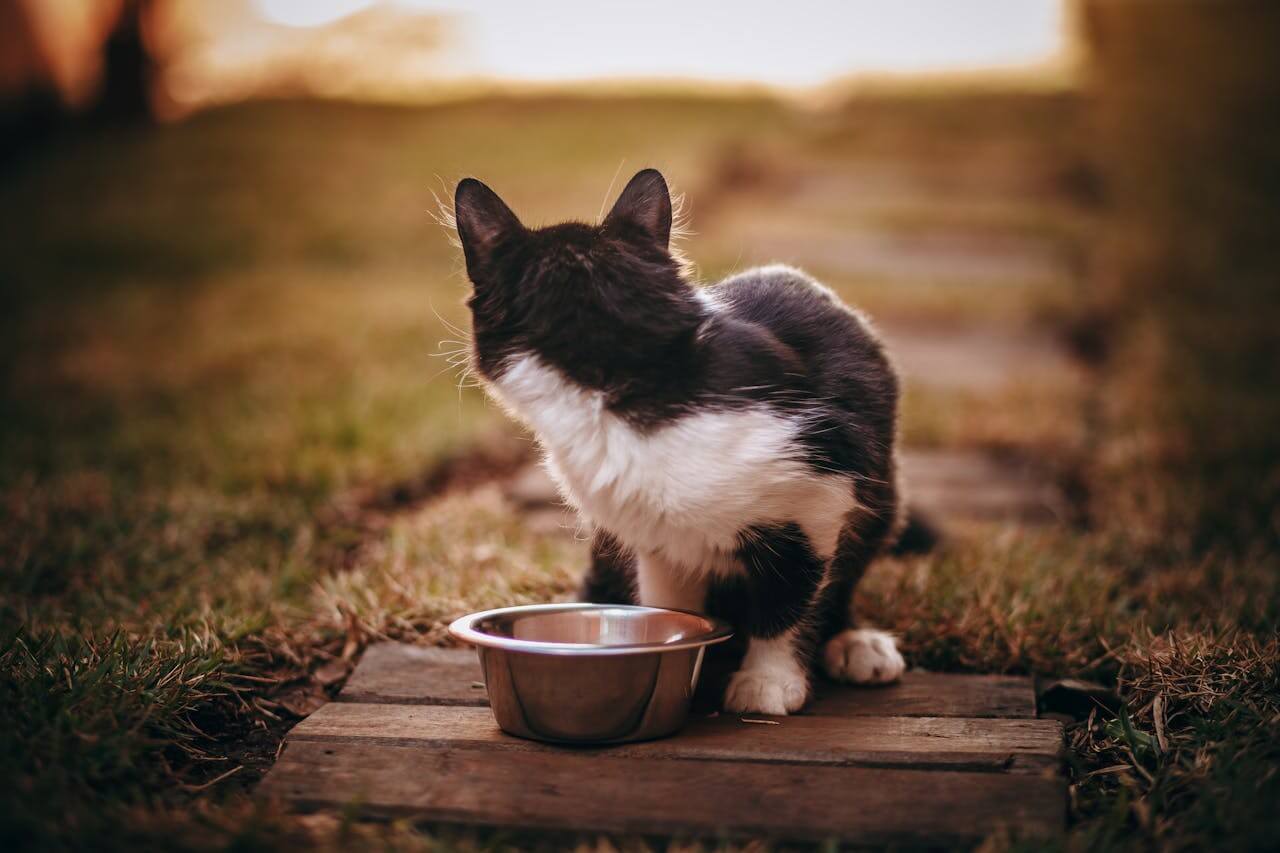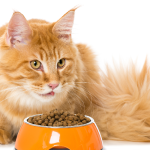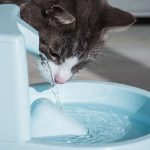Selecting the perfect feeder for your pets involves more than just choosing a convenient option. It requires consideration of your pet’s specific needs, dietary requirements, and behavioral habits. The right feeder can contribute to your pet’s health, comfort, and overall well-being. Whether you have a cat, dog, bird, or small animal, understanding the factors that make a feeder suitable is essential. This article explores key considerations and tips to help you choose the perfect feeder for your beloved pets, ensuring they receive the nourishment they need in a way that suits their lifestyle.
Table of Contents
Consider Your Pet’s Size and Species
The first step in selecting a feeder is considering your pet’s size and species. Larger pets can require feeders with larger capacity or more durable materials to withstand their strength. Small animals or birds, on the other hand, can benefit from feeders designed to prevent spillage and waste. Additionally, different species have specific feeding behaviors that should be accommodated. For example, some birds prefer to perch while eating, while others can need feeders that simulate foraging behavior. Understanding these differences ensures you choose a feeder that aligns with your pet’s natural habits and promotes comfortable feeding.
Evaluate Feeder Design and Construction
Feeder design and construction play a crucial role in functionality and durability. Opt for feeders made from high-quality materials such as stainless steel, ceramic, or BPA-free plastics, which are safe for pets and easy to clean. Consider the feeder’s stability and whether it has nonslip bases or attachments to prevent tipping over. For outdoor use, choose feeders that are weather-resistant and can withstand exposure to elements like rain and sun. Some feeders feature ergonomic designs or adjustable heights to accommodate pets of varying sizes comfortably. Assessing these design elements ensures the feeder meets your pet’s needs while being practical for you to maintain.
Determine the Feeding Mechanism
The feeding mechanism of a feeder significantly influences how your pet interacts with it. Gravity-fed or automatic feeders dispense food based on your pet’s needs and can be particularly convenient for busy pet owners. These feeders ensure a consistent supply of food throughout the day, reducing the risk of overfeeding or underfeeding. For pets requiring portion control, consider programmable feeders that dispense precise amounts at scheduled intervals. Alternatively, interactive feeders stimulate mental and physical activity by requiring pets to work for their food, which can be beneficial for reducing boredom and preventing obesity.
Address Special Dietary Needs
If your pet has special dietary needs or health conditions, choosing a feeder that supports these requirements is crucial. Some feeders are designed to slow down eating, which can be beneficial for pets prone to gulping food and digestive issues. Elevated feeders are ideal for pets with arthritis or neck problems, as they reduce strain on joints and make feeding more comfortable. Additionally, consider feeders that accommodate wet or raw food diets if your pet requires such nutrition. Consulting with your veterinarian can provide insights into the best feeder options for managing your pet’s specific dietary needs effectively.
Ease of Cleaning and Maintenance
When choosing a feeder for your pets, considering ease of cleaning and maintenance is crucial, especially with options like the automatic cat feeder for wet food. This type of feeder is designed to simplify the feeding process while ensuring that wet food remains fresh and accessible at scheduled times. The automatic mechanism not only saves time but also promotes regular feeding schedules, benefiting your pet’s health and well-being. Additionally, features that facilitate easy cleaning, such as removable bowls and dishwasher-safe components, make daily upkeep effortless. By selecting an automatic cat feeder for wet food that prioritizes these aspects, pet owners can ensure convenience and hygiene in their feeding routines, ultimately enhancing their pets’ overall care experience.
Consider Your Lifestyle and Schedule
Your lifestyle and daily schedule should also influence your choice of feeder. Automatic feeders are ideal for busy pet owners who cannot always be home at regular feeding times. These feeders provide peace of mind by ensuring your pet receives meals on schedule, even when you’re away. Alternatively, if you prefer to monitor your pet’s feeding habits closely, choose feeders that allow for manual portion control and interaction during meal times. Consider how often you travel and whether the feeder’s capacity meets your pet’s needs while you’re away. Aligning the feeder with your lifestyle ensures consistency and reliability in your pet’s feeding routine.
Conclusion
Choosing the perfect feeder for your pets involves careful consideration of their size, species, feeding behavior, and specific needs. Evaluating the feeder’s design, construction, and cleaning requirements ensures it is safe, durable, and easy to maintain. The feeding mechanism should suit your pet’s feeding schedule and dietary requirements, whether through gravity-fed systems, programmable feeders, or interactive designs. Addressing special dietary needs and considering your lifestyle ensures the feeder supports your pet’s health and fits seamlessly into your daily routine. By selecting a feeder that meets these criteria, you can provide your pets with a comfortable and enjoyable feeding experience while promoting their overall well-being.






